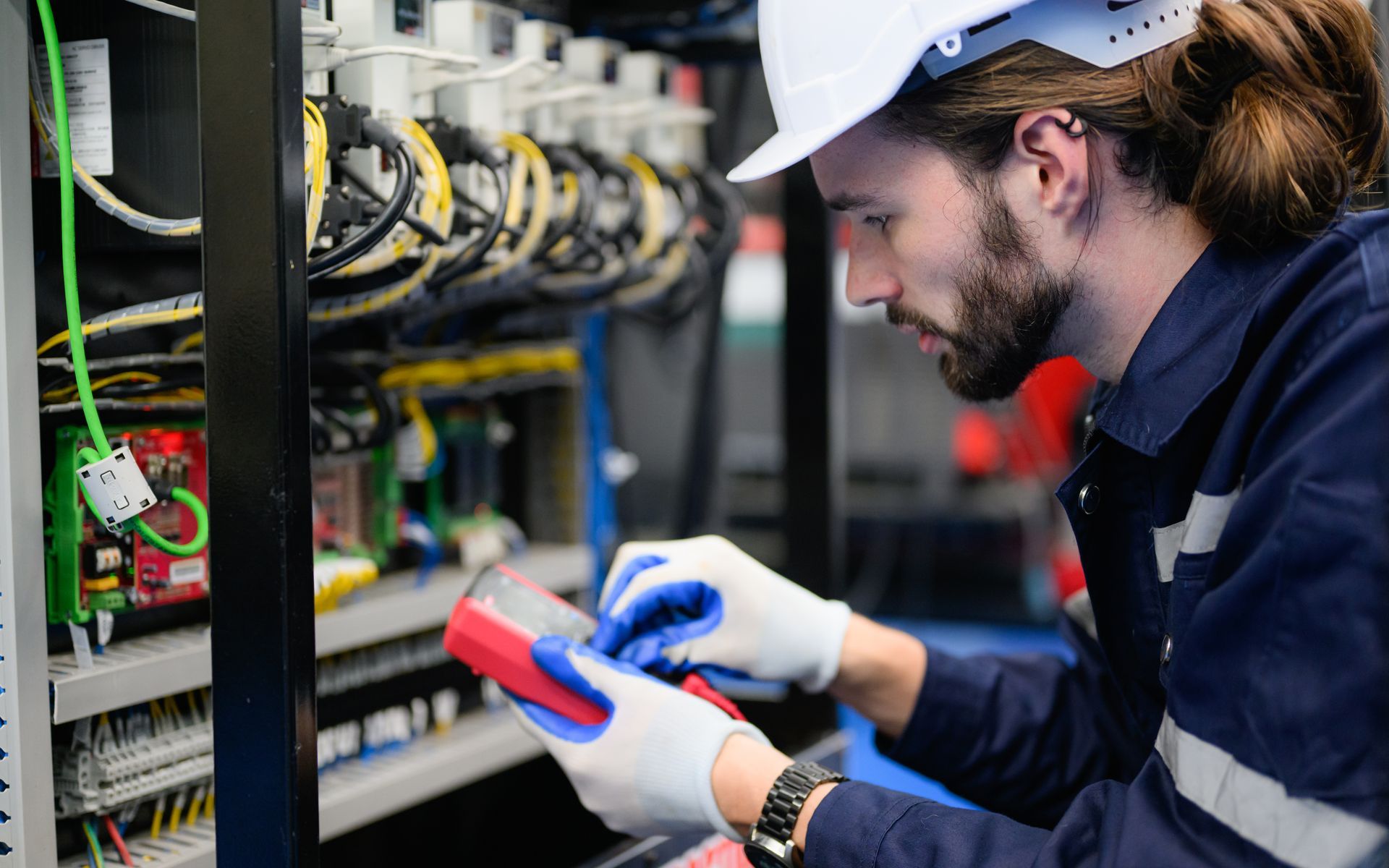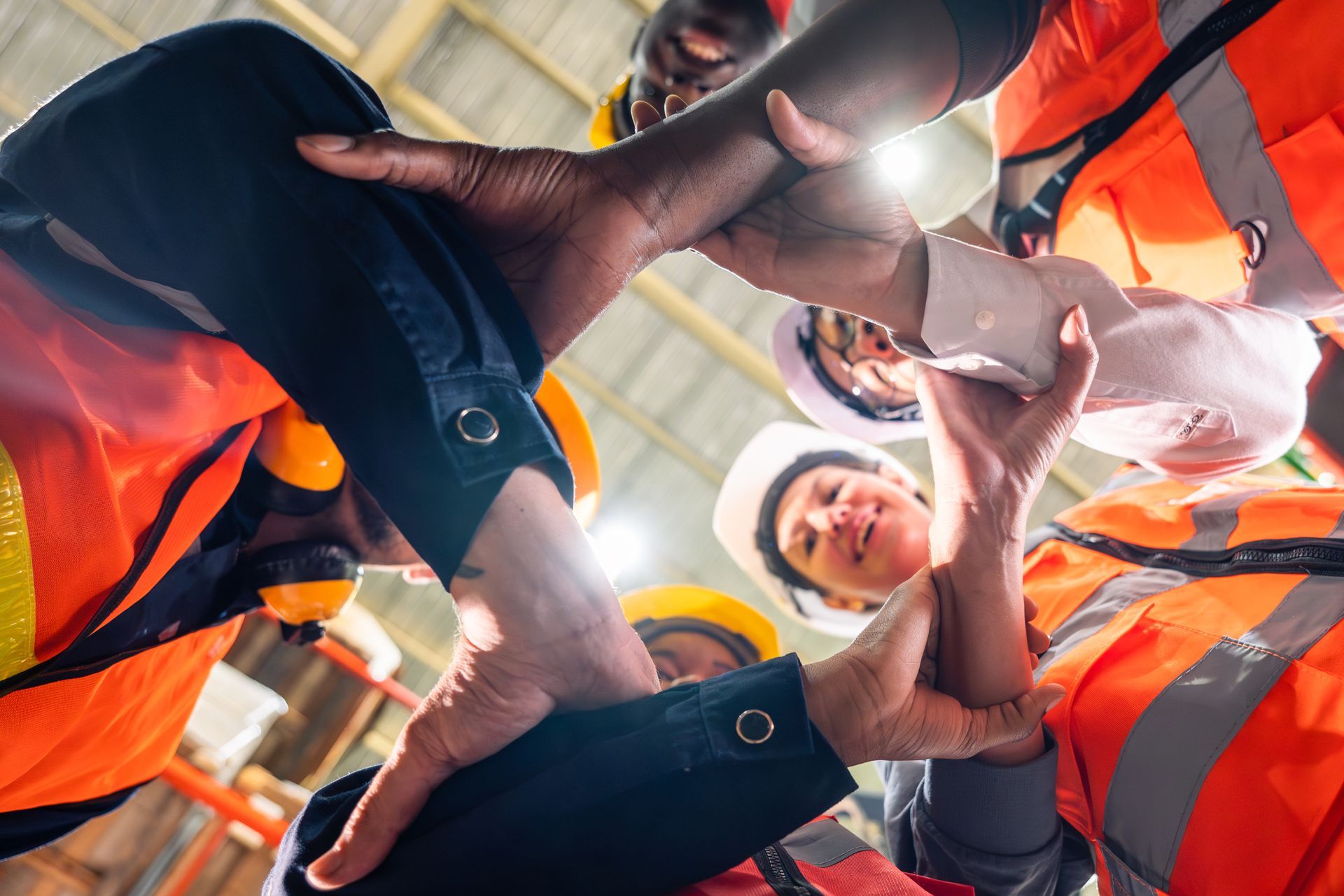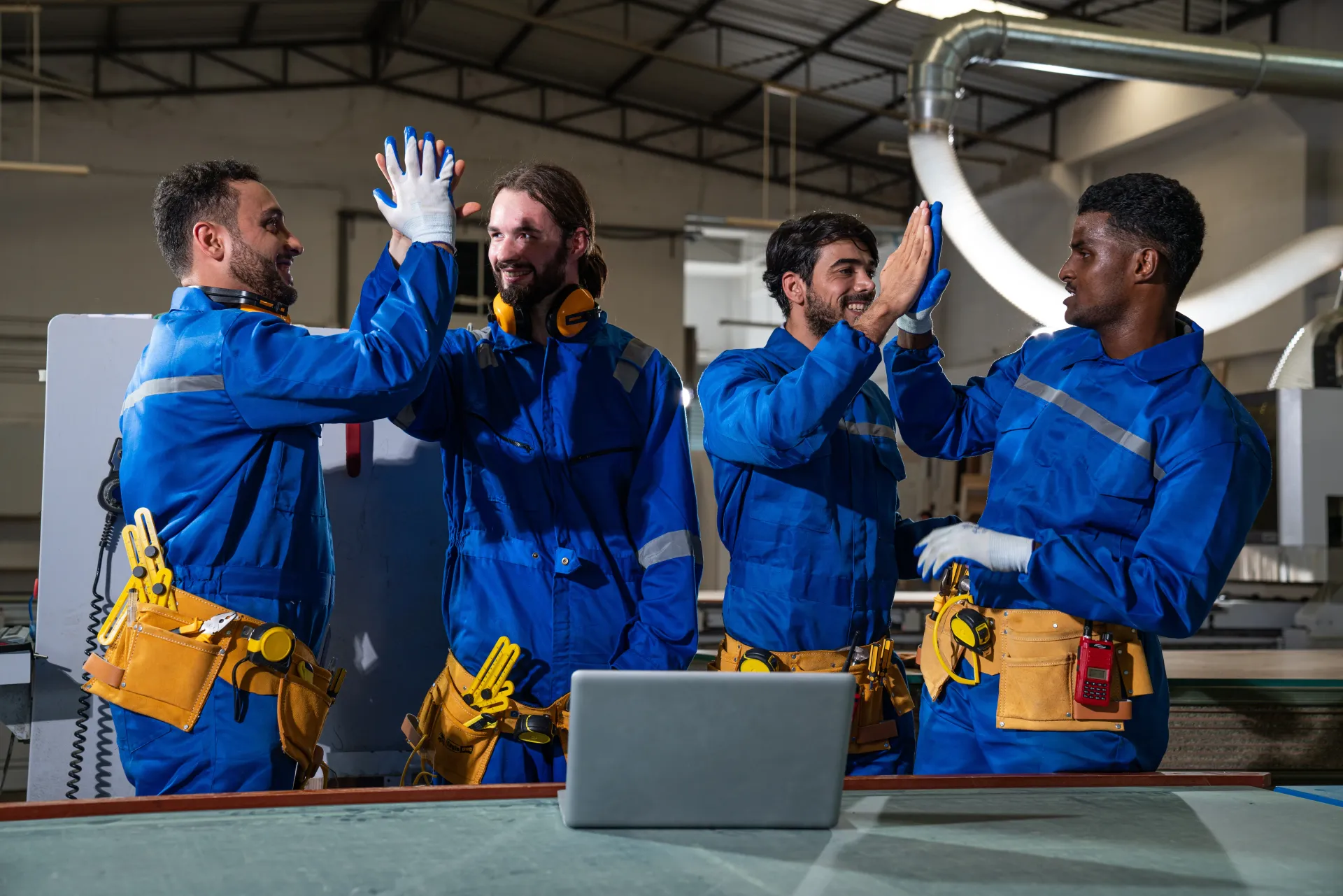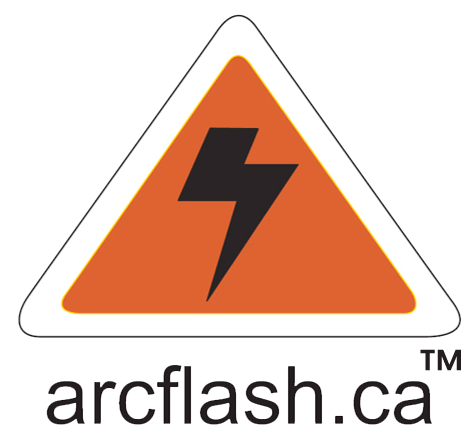Changes to the 2024 Edition of CSA Z462
The CSA Z462 Workplace Electrical Safety Standard will publish its sixth edition in January 2024.

The CSA Z462 2024 Edition will NOT be 100% technically aligned with NFPA 70 E 2024
The CSA Z462 Workplace electrical safety Standard will publish its sixth edition in January 2024. Since its inception in 2006 following CSA and NFPA executing a memorandum of understanding- (MOU) to harmonize Standards for North America CSA Z462 has had a positive impact on electrical safety and the identification and effective management of arc flash and shock hazards. In Canada. Lives have been saved!
The first edition published in January 2009. Over the first five editions significant evolution of the standard has occurred. CSA Z462 moved from focusing on hazard identification and PPE selection to a more mature standard aligned with occupational health and safety management system standards (e.g., CSA Z45001, ISO 45001, CSA Z1002, ISO 31000) to include a mandatory risk assessment procedure. CSA Z462 pending 2024 Edition is 100% job and discrete work task risk assessment based, including two unique risk assessments completed under the overall Job's risk assessment specific to the work task(s) that will be performed: Shock Risk Assessment and Arc Flash Risk Assessment. Technical harmonization of the core Clauses and Articles for the most part between CSA Z462 and NFPA 70E has been maintained in the first four editions. CSA Z462 includes additional Annexes that were not adopted into NFPA 70E, changes to CSA Z462 Annexes that have occurred again in the 2024 Edition of CSA Z462 are not included in the NFPA 70E, 2024 Annexes. In the 2021 Edition of CSA Z462 additional changes were included of a technical nature related to the arc flash PPE category method that are not published in NFPA 70E (e.g., arc flash PPE category 5 (min. 75.0 Cal/c㎡ATPV) new Annex V and ac electrical equipment Table V.1). The NFPA 70E 2021 Edition included a significant new Article 360 Safety-Related Requirements for Capacitors and associated Annex R Working with Capacitors this will most likely now be included in the CSA Z462 2024 Edition (e.g., Clause Annex W Working with Capacitors). It is noted that the CSA Z462 2024 Edition public review draft was open for comment from June 1 to July 31, 2023. You are encouraged to submit public comments directly and influence the direction of the CSA Z462 Standard, 2027 Edition. The CSA Z462 Technical Committee met on May 3-4, 2022, and November 8-9, 2022, to review and approve any final amendments to the draft from committee member dockets and a final vote occurred to the draft. A final review meeting of the Technical Committee occurred on April 26 and NFPA 70E, 2024 Edition content additional reviewed and voted on. The 2024 Edition of CSA Z462 as noted above will publish in January 2024. NFPA 70E, 2024 Edition published early this cycle on May 13, 2023, because there were not that many changes, and any changes did not have any rejections from NFPA Members requiring NITMAM.
The following potential changes and updates are noted. Not all changes are included in this article.
Clause 4.1.7.9.3 Job briefing. Note added to reference job briefing checklist example in Annex I, Figure I.1.
Clause 4.1.8.3.2 First aid, emergency response, and resuscitation. Notes added reference supporting Standards related to first aid training, CSA Z1210 and emergency preparedness and response, CSA Z1600.
Clause 4.1.13.2 Maintenance and construction and Clause 4.1.13.3 Outdoors. In Clause and notes voltage changed from 125-volt, 120-volt.
Clause 4.2.4.6 Elements of control, b) Stored energy, text added related to capacitors in new Clause 6.7 and Annex W.
Clause 4.2.5 Process for establishing and verifying electrically safe work condition. From NFPA 70E, 2024 Edition, g) adds words ... test each phase conductor or circuit part at each point of work to verify absence of voltage.
Clause 4.3 Work Involving Electrical Hazards. Clause 4.3.2.2 Elements of work permit, Part Il content was revised deleting specific content that would be included on Energized Electrical Job Safety Planning form that doesn't need to be included in Part II of the EEWP.
Clause 4.3.2.3 Exemptions to work permit. Additional exemptions were added related to electrical equipment design. Wording changes to improve clarity. Exemptions added: normal operation of electrical equipment, performance of tasks that do not involve repairs, modifications, or any alterations of the electrical equipment, performance of tasks involved in establishing an electrically safe work condition, including the verifying absence of voltage and the installation or temporary protective grounding, and opening hinged covers for the purpose of inspection provided the restricted approach boundary is not crossed.
Clause 4.3.5.1 Estimate of likelihood and severity. Notes updated, references to Annex F, implications related to closed doors, and language updates with respect to “improper installation or improper or inadequate maintenance could result in calculated incident energy exceeding the arc rating of the selected PPE.
Clause 4.3.5.3 Additional protective measures. Table 2 Estimate of the likelihood of occurrence of an arc flash incident for ac and dc systems is moved to Annex F, Table F.2.
Clause 4.3.5.5 Arc flash boundary. Updated wording due to the term "arc flash PPE category" being deleted in CSA Z462. Arc flash PPE selection table method can be used. Reference in Notes to Annex V.
Clause 4.3.5.6.1 General. Wording changes due to the term “arc flash PPE category” being deleted from CSA Z462.
Clause 4.3.5.6.1 Incident energy analysis method. Notes updated to add wording that changes that can affect incident energy calculations are utility data, transformer sizing, and modifications to electrical protective devices.
Table 3 renumbered to Table 2, because Table 2 relocated to Annex F, Table F.2. New Table 2 applies to both incident energy analysis and the arc flash PPE selection table method.
Clause 4.3.5.7 Equipment labelling. Wording changes because of Table number changes for the new term arc flash PPE selection table method. Also added that equipment label material must be sufficient durability for the environment involved.
Clause 4.3.7.3.1 General. In the Note it advises what can be done if incident energy exceeds the available ATPV or arc flash PPE, language updated to advise non-contact capacitive test instrument or permanently mounted metering device can be used before contact test instrument is used to test for the absence of voltage.
Clause 4.3.7.3.3 Head, face, neck, and chin protection. Note updated to confirm Class E and Class G hard hats are non-conducting.
Clause 4.3.7.3.5 Hearing protection. Language updated "workers inside the arc flash boundary shall wear hearing protection."
Table 4 (updated number) added in 'Gloves-Non-Leather Protectors."
Clause 4.3.7.3.15 Arc flash PPE category method. DELETED. Content relocated to Annex V.
Table 6A and 6B moved and renamed in Annex V, Table V.2 and Table V.3. Table 6C deleted.
Clause 4.3.7.5 Alerting techniques. Relocated to Clause 4.3.8.15.
Clause 4.3.8.13 Reclosing circuits after protective device operation. Language changed to advise “qualified person” determines safe to energize. No manual reclosing until fault has been cleared.
Clause 4.3.11 Cutting or drilling. Language updated that we need to “establish and verify an electrical safe work condition and risk control methods, additional protective measures and any required shock and arc flash PPE identified for use.
Clause 4.3.12 Cutting, removing, or rerouting of electrical conductors and circuit parts. Language updated in Clause title and content to align with other CSA Z462 wording/terminology. Note content added. Clarity.
Clause 5 Safety-related maintenance requirements
No changes. Note CSA Z463 Maintenance of electrical systems Standard is under revision and the next Edition will most likely be published in 2024. Note USA NFPA 70B just published as a Standard in April 2023.
Clause 6.0 Safety requirements for special equipment Capacitor information from NFPA 70E, 2021 Edition Article 360 and Annex R are now added to CSA Z462, 2024 Edition as Clause 6.7 Safety-related requirements for capacitors and Annex W Working with Capacitors.
Clause 6.3 Safety requirements related to batteries and battery rooms or battery enclosures. Clause 6.3.1 General. Clarifies voltage of concern exceeds 100V, nominal or exceeds a short-circuit power of 1000W. Additional ten (10) Standards added under the Note.
Clause 6.3.2.1 Energy thresholds. Thermal hazard identified related to working on batteries and battery short-circuit power. New battery risk assessment flow chart added to Annex F Risk assessment and risk control.
Clause 6.3.2.2 Battery risk assessment. Note added pointing to new battery risk assessment flow chart added to Annex F, figure F.8.
Clause 6.3.4 Tools and equipment. Language added that insulating hand tools used for battery terminations, length and insulation selected to minimize inadvertent contact.
Clause 6.4 Safety-related work practices for use of lasers. Significant content additions and language updates. From NFPA 70E, 2024 Edition.
Clause 6.5 Safety-related work practices for power electronic equipment. Significant content additions and language updates. From NFPA 70E,2024 Edition.
Clause 6.7 Safety-related requirements for capacitors. NEW CONTENT. Also NEW Annex W Working with Capacitors.
Annexes
In the CSA Z462 2024 Edition several existing Annexes are updated. A new Annex W is added with respect to capacitors. Significant changes to Annex V.
Annex B Content updated. Figure updated. B.5 new content added with guidance on “Assessing the Condition of Maintenance."
Annex F New content added, F.7 Factors that affect the likelihood of occurrence of an arc flash incident as a forward to the relocated Clause 4.3 Table 2 which is now Table F.2. New section F.8 Battery risk assessment added, and Figure F.8 added "Assessing Hazards Associated with Work on Batteries." This content was in NFPA 70E.
Annex H Content updated due to the deletion of term "arc flash PPE category method" and Annex V changes. Table H.1, 40.0 cal/c㎡ updated to 75.0 cal/cm2.
Annex J Example EEWP Part II updated to reflect updates to Clause changes.
Annex K Content changes to related to K.2 Electric shock with respect to electric shock sequela. Under K.3 Arc flash new content for additional electrical hazard classification added related to thermal energy, blast pressure energy (content was already included), and acoustic (sound) energy, light energy. K.5 Additional information additional references added.
Annex O Some updated content added.
Annex V Renamed to "Arc Flash PPE Selection Table Method." This Annex has had substantial changes and updates with Table 6A, 6B added. Table 6C is deleted, there is no longer an “arc flash PPE category” in CSA Z462.
Annex W Working with Capacitors. This is a NEW Annex. Resource referenced in new Clause 6.7 Safety-related requirements for capacitors.
In closing the CSA Z462 Workplace electrical safety Standard has made a significantly positive impact in Canada since 2009 to worker safety related to energized electrical work. Many employers are referencing CSA Z462 when developing their Electrical Safety Programs and in determining the hierarchy or risk control methods to apply to energized electrical work tasks to eliminate exposure to arc flash & shock for Qualified Persons or to reduce risk to as low as reasonably practicable (ALARP).
As above this article is not an official interpretation from the CSA Group and is based on the interpretation of the author of this article. Not all changes to CSA Z462,2024 Edition are included, and descriptions of changes may not be complete and require additional review for interpretation. You are advised to contact the CSA Group for any official interpretation.












